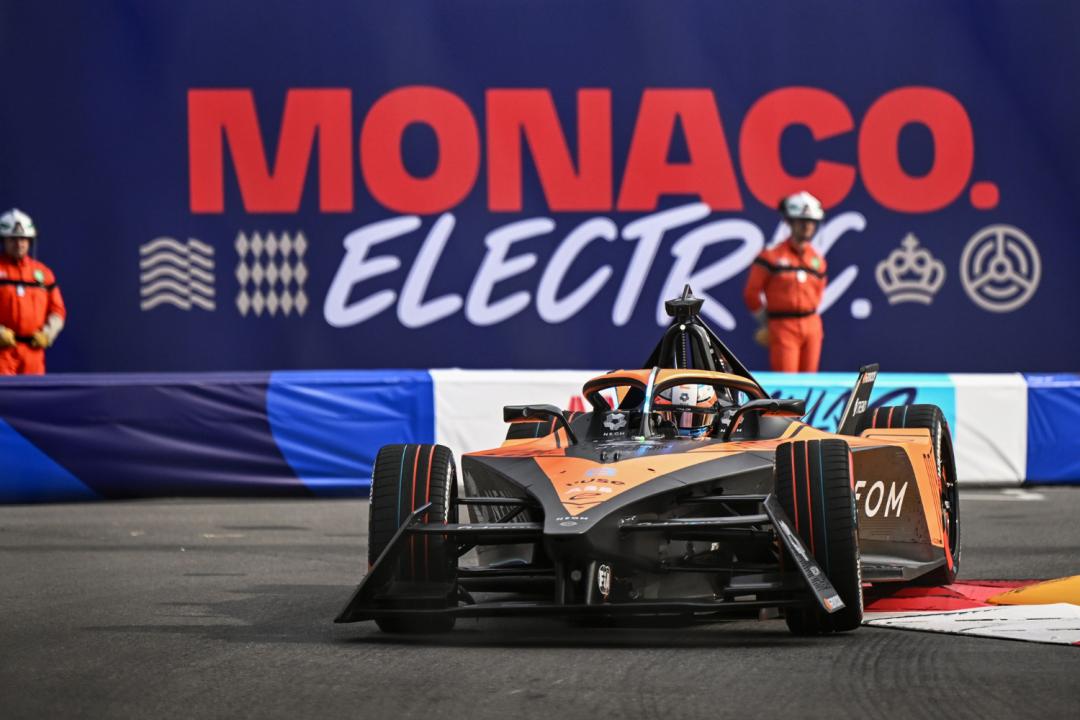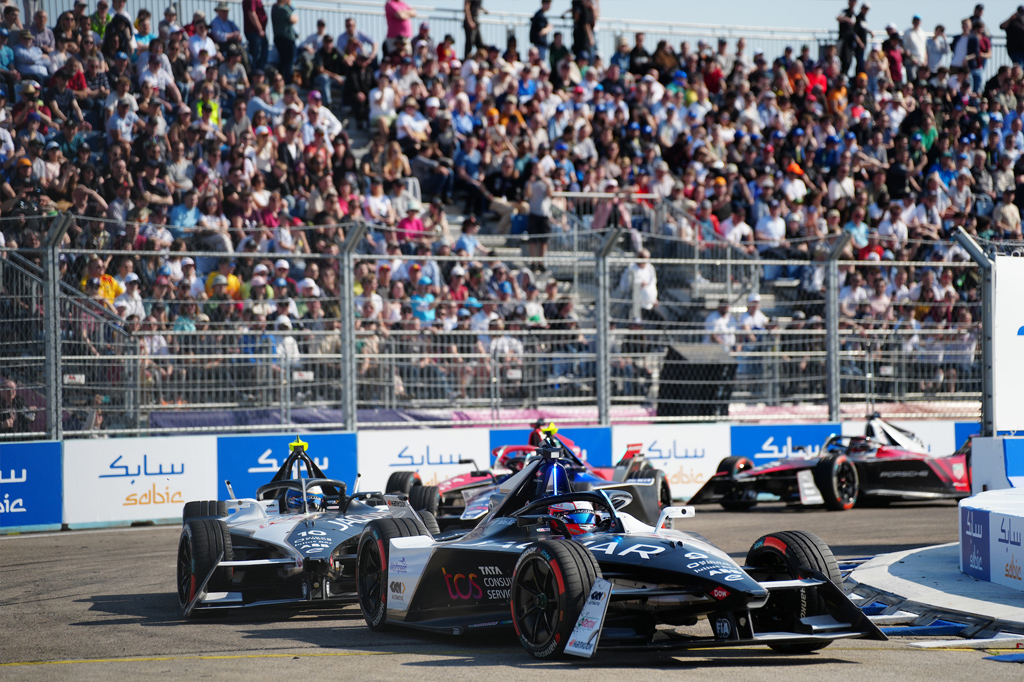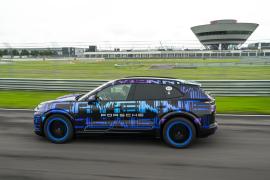What is Formula E? The electric motorsport explained
There's a new motorsport on the scene – it's Formula E, and all of the cars are fully electric. Here's everything you need to know

Formula One is known to many as the pinnacle motorsport racing that you can watch. But as our cars are going electric, so too are the racing cars. Formula E is now on the scene, an electric motorsport racing event. It’s an exciting motorsports event. Last year, it had 116 overtakes on the racetrack compared to F1, which had around 40. The newest car is now 30% faster than an F1 car, going from 0-60mph in just 1.82 seconds.
But what exactly is Formula E? And how does it all work? It’s not just the tech that’s different – some of the rules are different in this new race as well. Here’s everything you need to know about the newest motorsport event.
What is Formula E?
Formula E is the high-voltage cousin of Formula 1, like if Formula 1 and Tesla had a love child. It was designed for the eco-conscious adrenaline junkie, and to develop electric car tech for future road cars. It offers the same thrill of Formula 1 but with a twist – every car on the track is electric.
Born from a visionary dinner conversation in Paris, Formula E is the brainchild of influential figures like Alejandro Agag and Jean Todt. Unlike its gasoline-guzzling relatives, Formula E is an effort of sustainability in motorsports. It aims to push the envelope of electric vehicle technology since its inception in 2014.
How does it work?
Each race, known as an E-Prix, takes place in the heart of major cities around the world – from New York to Hong Kong. They take place on a mixture of street circuits and track circuits. The street circuits bring the action directly to the public, highlighting the practicality and excitement of electric vehicles. But due to the speeds of Formula E’s latest cars, lots of street tracks can’t house the vehicles. For that reason, there’s a mix of locations.
But the real magic happens under the hood. Initially, drivers swapped cars mid-race due to battery limitations, a quirky yet effective solution. But that put a bunch of would-be fans off of the race. These days, the Gen3 cars can complete an entire race on a single charge. It packs in advancements in battery life and efficiency that mirror the progress in consumer electric cars.

Unlike Formula One, in Formula E, teams all race the same car. Each team is equipped with the same chassis and battery, putting the onus on their ability to fine-tune the powertrain and software. That means teams have to be leaner, and look to more efficient ways of making their vehicles better. Essentially the race becomes one of efficiency rather than horsepower. In some respects that makes it more challenging for the teams involved.
And there are plenty of teams involved. From legacy automakers like Jaguar and Audi, who channel their decades of engineering expertise into the electric arena, to newer, dynamic outfits like Techeetah and Envision Virgin Racing.
What are the rules?
Formula E injects a dose of futuristic fun into the traditional racing formula. In general, the electric motorsport race is pretty similar to Formula One. The concepts are the same – cars racing around the track, scoring points, and trying to win with teams innovating throughout the season. But there are a few key differences.
This race features unique elements like “Attack Mode,” where drivers veer off the racing line to collect a temporary power boost. Think Mario Kart’s power-ups but in real life. Although the “Fan Boost” – a vote-driven speed boost – is now retired, its very existence underscored Formula E’s commitment to fan engagement and interactive experiences.
A critical aspect of Formula E is energy management. Teams and drivers must strategically use their car’s energy throughout the race, balancing speed with the available power reserve. This introduces a layer of strategy akin to fuel management in traditional racing but with a focus on electric efficiency. Another standout feature is the use of regenerative braking systems that allow cars to recover energy during braking. Effective use of regenerative braking can significantly affect a car’s energy levels and race performance.
Formula E events are typically shorter than traditional motorsport races, like F1. The format is designed to keep the action intense and the runtime viewer-friendly, with most races lasting around 45 minutes to an hour. The qualifying format in Formula E is also unique. Drivers are split into groups based on their standings in the championship. Each group gets a set time to set their fastest lap. The fastest drivers from each group then compete in a knockout style “Super Pole” session to determine the starting grid’s top positions.
Similarly to other forms of motorsport, Formula E employs safety cars and full-course yellow flags to manage the field during incidents. During these periods, drivers must reduce their speed. Crucially, they also use less energy, which can change the dynamics of the race once green-flag racing resumes.
Where can you watch Formula E?
When it first started, Formula E was free to watch on YouTube or free broadcasters, such as Channel 4 in the UK. As the sport has expanded, it’s now only available on private channels. This was seen as irksome for many fans, but was a necessary step for the sport to develop to where it is today.
So, how can you watch it these days? In the UK, the entire Formula E season will be available on TNT Sports. TNT Sports is available across all major TV platforms including BT TV, Sky and Virgin Media. Existing BT Sport customers can watch and enjoy TNT Sports without needing to pay for an extra subscription. And if you’ve already got TNT Sports, you’ll get access right away.

Outside of the UK, coverage of Formula E will vary. It’s broadcast on the Eurosport channel, and digital coverage is available on Discovery+. You can check how to watch the electric motorsport in your race on the official website.

